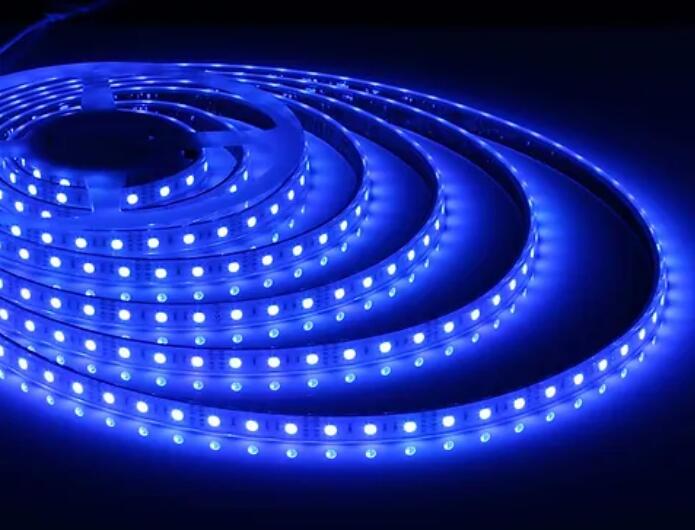Release time:Apr 08,2024View:91061
Making LED strip lights waterproof involves a few steps to protect the electrical components from moisture and water damage. Here's a general guide:

Select Waterproof LED Strips: Purchase LED strips that are specifically designed for outdoor or wet environments. These strips usually come with a protective silicone coating or encapsulation to prevent water from penetrating the LEDs and electrical connections.
Encase in Silicone or Resin: If your LED strips are not already waterproof, you can add a layer of protection by encasing them in silicone or resin. Here's how to do it:
Seal the Ends and Connections: Pay special attention to sealing the ends of the LED strip and any connections or solder joints. These are the most vulnerable points where water could potentially enter. Use silicone sealant or waterproof heat shrink tubing to seal these areas.
Install in Waterproof Housing: If you're using the LED strips in an outdoor or wet environment, it's essential to install them in a waterproof housing or channel. This will provide additional protection against moisture and ensure the longevity of the LED strips.
Use Waterproof Connectors: When connecting multiple LED strips or extending the length of the strips, use waterproof connectors or soldering techniques that provide a watertight seal. This prevents water from infiltrating the connections and causing damage.
Proper Installation: Ensure that the LED strips are installed correctly, with proper drainage to prevent water from pooling around them. Avoid placing them in areas where they could be submerged or subjected to prolonged exposure to water.
By following these steps, you can effectively waterproof LED strip lights and ensure their durability in outdoor or wet environments. However, always refer to the specific instructions provided by the manufacturer of your LED strips and any waterproofing materials you use.
Shenzhen, China 518103

